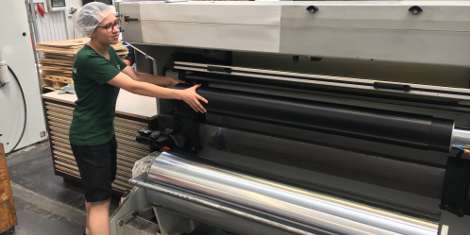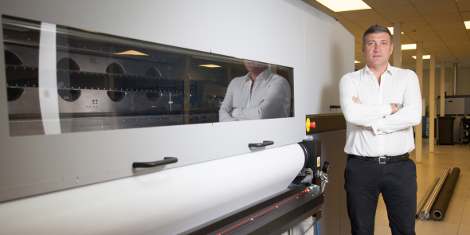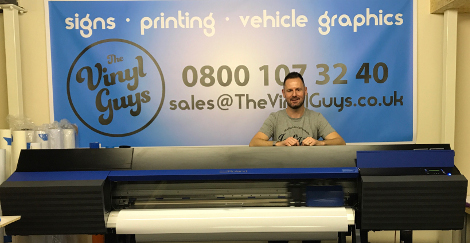Hardware
With the LM 100W, Zünd is introducing a laser module for sign & display applications. The purpose of this new laser-cutting system is to cut polyester fabrics and seal the edges at the same time. This addition further amplifies the versatility of Zünd's modular, wide-format cutting systems.
Mimaki’s UK and Ireland distributor, Hybrid Services has announced that the company's latest dye-sublimation offering, the TS30-1300 1.3m printer, has arrived at its Cheshire showroom and is available for demonstrations.
In the last four years, the West Yorkshire business has undertaken a factory refurbishment and extension and also acquired a Heidelberg Speedmaster CX102 UV seven colour printer, and just recently a DYSS X7-1630C digital cutter from AG/CAD. In the next 6 months, the company will skyrocket its investment plans with a move from the current 20,000sq/ft factory to a 32,000sq/ft facility and also install another Heidelberg Speedmaster XL106 seven colour printer.
Flint Group’s innovative adapter with air flow system and sleeve with newly developed easy-mount technology improve productivity and safety at ROMMELAG FLEX
Multi award winning large format digital print production company Imaginators is predicting at least a 20% turnover jump in a year with the purchase of Durst’s largest and most advanced digital printing machine, following funding from HSBC.







